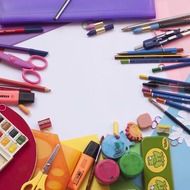Metis Artists - Based on Tradition, Inspired by Nature
(View Complete Item Description)This site is dedicated to Metis artists working in the visual arts. The links on the site were set up for information purposes to highlight some interesting work being produced by Metis visual artists in Canada. The images & text found on each artists' page is excerpted from various sources available on-line. The sources have been indicated and you are encouraged to click on the links to those websites.
Material Type: Diagram/Illustration
















